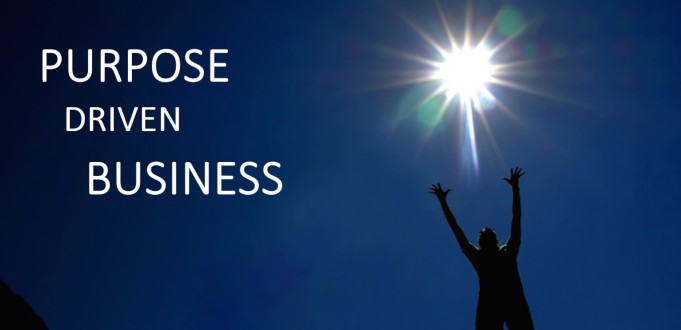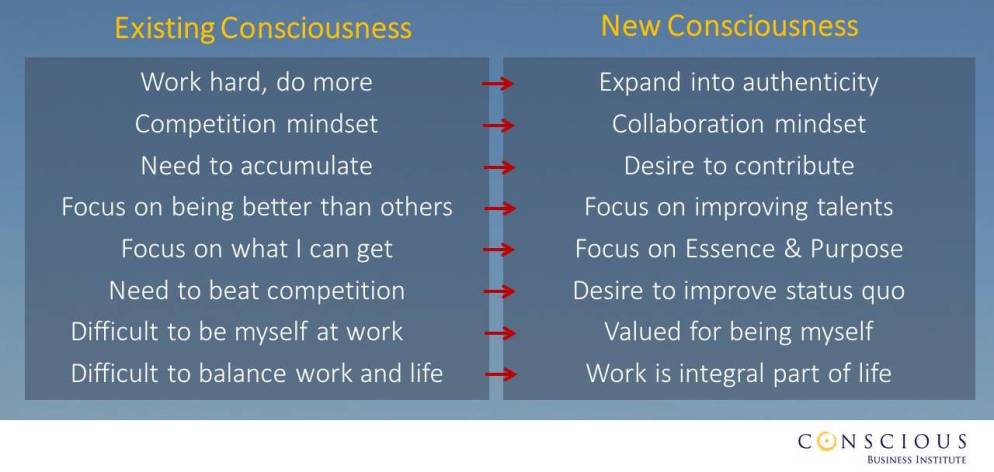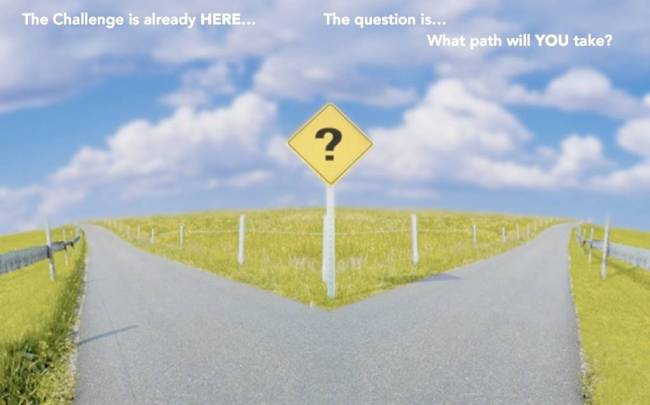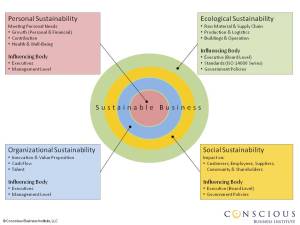(And it’s probably not why you think they are)
No matter whether we celebrate the Holidays at home gathered around a Christmas Tree, on a beach towel in the Caribbean, or skiing the slopes of Vail: most of us feel that the Holidays are a special season. This year, however, I realized why the Holidays really are Holy Days.
On January 2nd – the very first day of the year where most people are able to speak in straight sentences – we hosted a webinar for our Conscious Business Ambassador Program. Participants joined from all across the US and Europe – from London and Berlin, New York and San Francisco, San Luis Potosi and Phoenix. Curiously, though, no matter where they lived, they all joined with a mindset and energy that differed from all the previous webinars.
All of us, myself included, attended the webinar with an expanded mindset. It seemed that during the Holidays, we had all broken out of the ordinary routine and entered a different space, in which we contemplated about “bigger things”. This was different than any ordinary vacation. It was as though the participants and myself saw the world and our own lives from a higher perspective – not immersed in the daily grind, occupied by the next thing that needed to get done, but from a more peaceful, connected, and meaningful perspective, in which we felt harmony.
The Holidays allowed all of us to ascend to this higher level and connect to each other from that consciousness. Consequently, the quality and the experience of the webinar changed: we asked deeper questions, could be more vulnerable and real, and were able to truly grow. Even though it sounds strange: for me, connecting with the participants from that higher perspective made the entire webinar more Holy.
Last year, I had a chance to meet Rick Ridgeway from Patagonia – the first American to summit K2. He shared with me that – at Patagonia – they noticed the impact of similar “holy” connections. “Some of our conference rooms face the playground of our child care facility, while others are facing a different direction,” Ridgeway explained. “We are noticing that in those conference rooms where people hear children playing, meetings are very different. People are kinder to each other. They listen more. There’s less judgment and dominant behavior.”
It seems that people interact very differently when they are connected to something beyond themselves; whether it is their peer’s children playing in the yard or a higher perspective created by the Holidays.
What if we could maintain this higher perspective as the year matures, and maybe remember that every day can be a Holy Day?
We wish you many moments of meaningful connection for 2018.








![Reblog this post [with Zemanta]](https://i0.wp.com/img.zemanta.com/reblog_e.png)
![Reblog this post [with Zemanta]](https://i0.wp.com/img.zemanta.com/reblog_b.png)